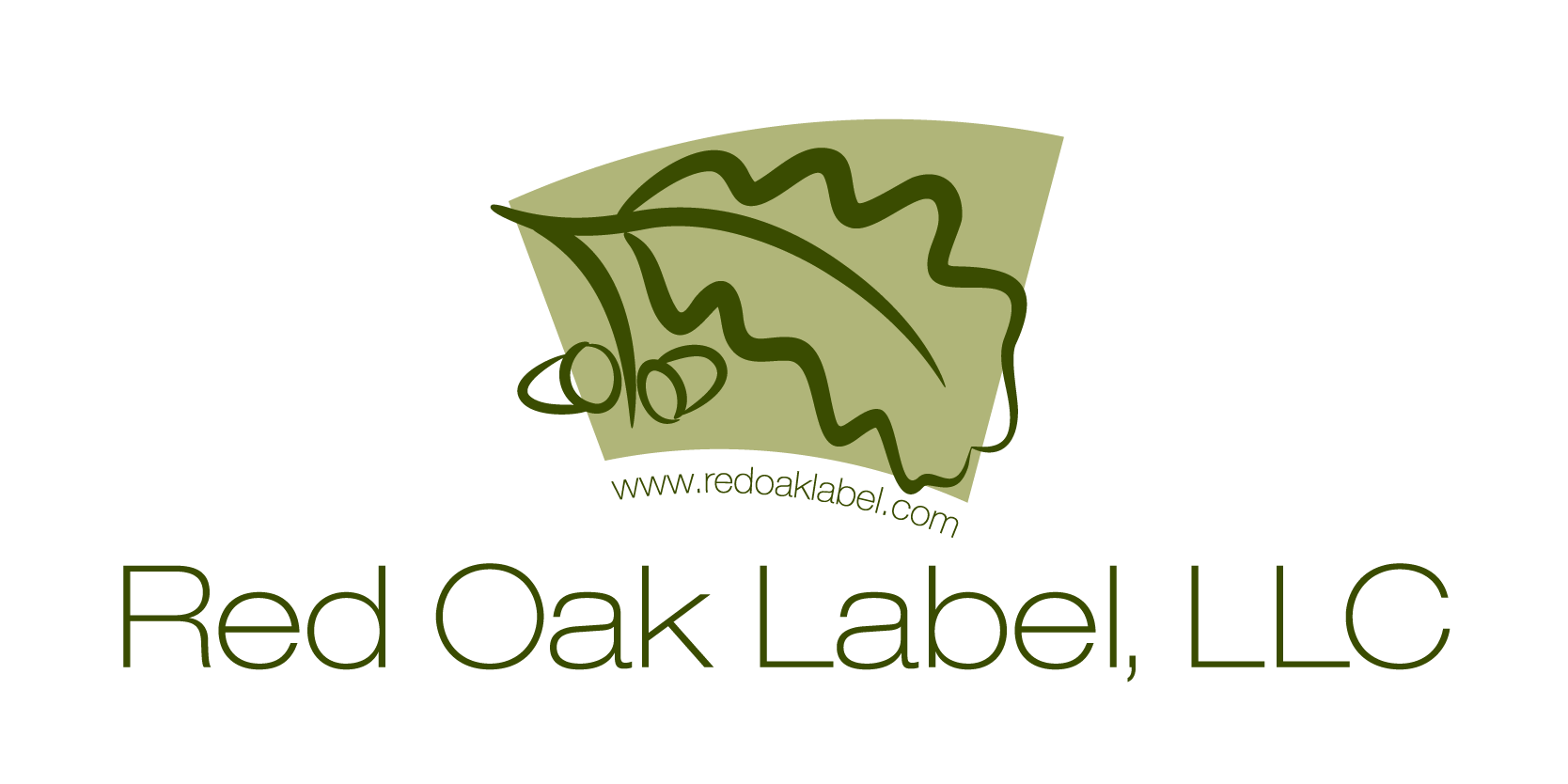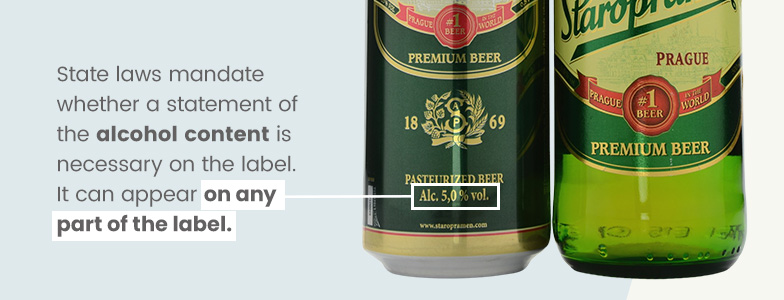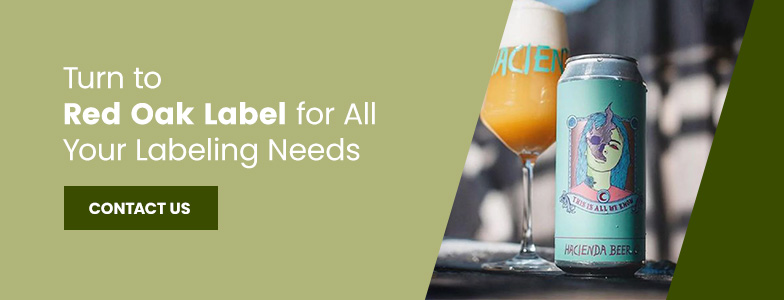If you are designing a beer label, understanding the Alcohol and Tobacco Tax Bureau label approval process is essential for legal compliance. Once you are familiar with the procedure and regulations, you can get your product to market more quickly.
Getting approved does not have to be complicated. You can find a lot of information online directly from the bureau. To make it even easier on you, we’ll break down the official beer labeling process and the critical details you need to know.
Why Do You Need Label Approval From TTB?
The Alcohol and Tobacco Tax Bureau, better known as TTB, is a federal agency that operates under the Department of the Treasury. It oversees alcohol labeling regulations and approves packaging. The TTB beer label approval process ensures beer and other alcoholic malt beverages are lawfully ready for sale in the United States marketplace.
The TTB dictates what can and cannot go on your beer labels, ranging from artwork placement to text sizes. This post will provide more details about the mandatory label information.
The bureau is also responsible for extending the certificate of label approval you will need for your application.
Applying for TTB Labeling Approval
You will need to have a few items ready before applying for beer label approval from TTB. It’s best to familiarize yourself with TTB’s guidelines before beginning any part of the beer label design process. Another crucial consideration is the TTB’s application processing times, which can significantly affect your project timeline.
The TTB beer labeling process requires applicants to have the following items prepared.
Certificate of Label Approval
Before applying for TTB labeling approval, you’ll need a COLA from the bureau. Applicants must have a Brewer’s Notice or Basic Permit.
The TTB National Revenue Center issues the COLA. You can apply online — the recommended method — or by filling out physical paperwork. If you have a contract brewing arrangement and pay another company to produce your beer, the brewer is responsible for the COLA submission.
You’ll need to have a COLA before applying for label approval.
TTB Forms
The TTB has 18 different forms dedicated to the beer industry. Two of them are essential for the labeling approval process:
- Application for Certification/Exemption of Label/Bottle Approval (TTB F 5100.31)
- COLAs Online Access Request form (TTB F 5013.2)
You must submit these completed forms with your beer labels for the application. The TTB can take anywhere from two to 15 days to review a label application.
Mandatory Label Information
You can find all mandatory beer label information in the TTB’s Beverage Alcohol Manual. In the manual’s first chapter, the TTB shares 11 features the label must include and the various design limitations associated with each.
You must include the following information on your beer label.
- Brand name: You must print the brand name on the front of the label in specific font sizes for legibility. It cannot be misleading.
- Class and type designation: You’ll also need to include the class and type designation on the front of the container.
- Name and address: The label design must have the producer’s or packer’s name and address on the label.
- Net contents: Your container’s size and net contents will determine how you will present the information on the beer label. It must appear on the label or be part of the container.
- Alcohol content: State laws mandate whether a statement of the alcohol content is necessary on the label. It can appear on any part of the label.
- FD&C Yellow No. 5 disclosure: Brewers must disclose the presence of FD&C Yellow No. 5 on the label. It can appear anywhere on the label but must meet type size and legibility requirements.
- Saccharin disclosure: You must include a predetermined saccharin disclosure on the label if your product contains this artificial sweetener.
- Sulfite declaration: Beer labels must also share if the beverage contains sulfites or sulfiting agents.
- Aspartame disclosure: Beers that contain aspartame must disclose this information with a predetermined statement.
- Health warning statement: All alcoholic beverages sold in the United States must include the same government warning outlining the risk of consumption during pregnancy and operating machinery.
- Country of origin: You must also include the country of origin somewhere on the label to comply with U.S. Customs Service regulations.
You can find extensive guidelines for each category on the TTB website. It includes the specifications for all the following information:
- Type size
- Legibility
- Placement
- Format
- Application
- Required statements
Can I Change an Approved Label Without a New COLA?
After the Alcohol and Tobacco Tax and Trade Bureau approves your beer label, you may wonder if you can make any edits. Luckily, the TTB has a list of allowable changes. You can adjust these without needing to obtain a new COLA.
Here are some changes you can make without restarting the label approval process.
- Deleting nonmandatory label information
- Changing optional malt beverage alcohol content
- Repositioning label information
- Changing background colors
- Updating the net contents statement
- Adding, deleting or editing optional alcohol content statements
All of these changes will still need to comply with the regulations set forth by the TTB. You can find the full list of revision requirements and additional clarification on the TTB website and the Application for Certification/Exemption of Label/Bottle Approval (TTB F 5100.31). Both outline 41 different allowable revision scenarios and the types of alcohol that they apply to, including:
- Wines
- Distilled spirits
- Malt beverages
A comment accompanies each revision type to help you fully understand your design limitations and the conditions you must meet.


